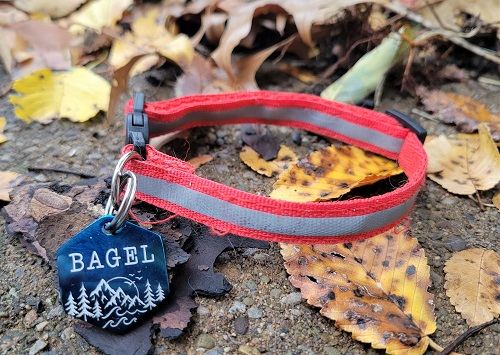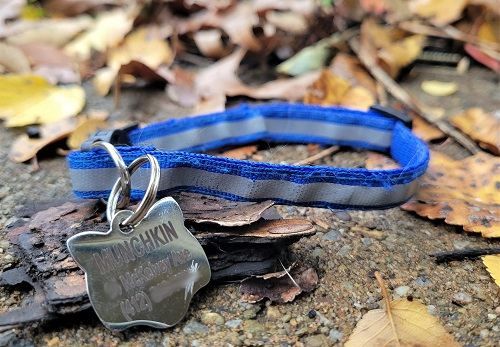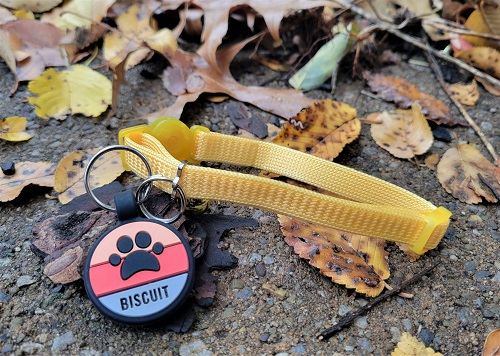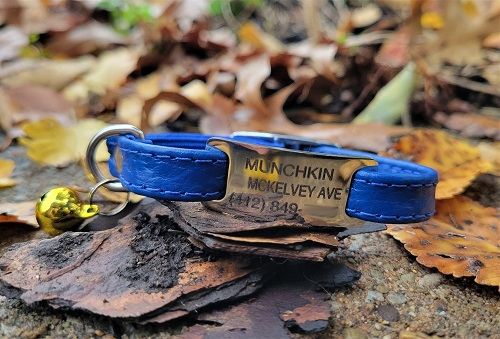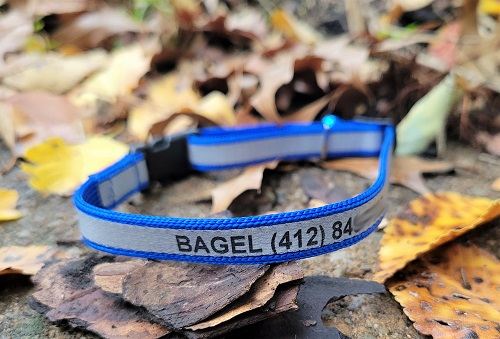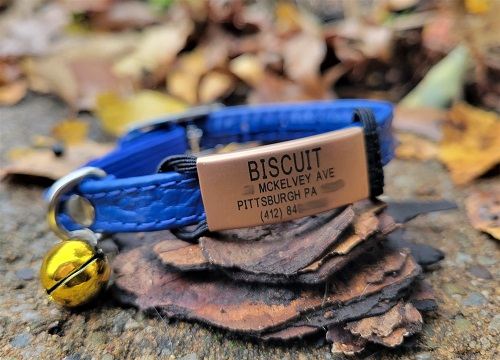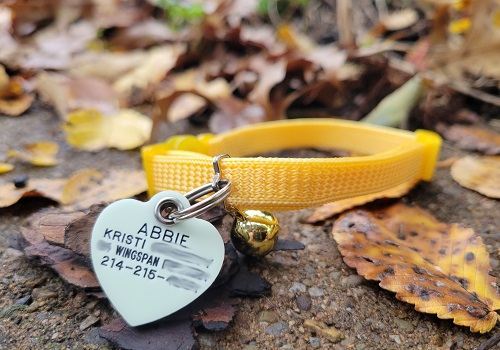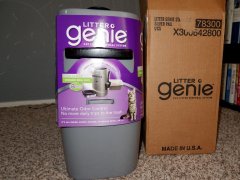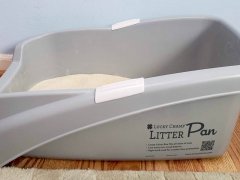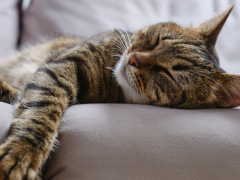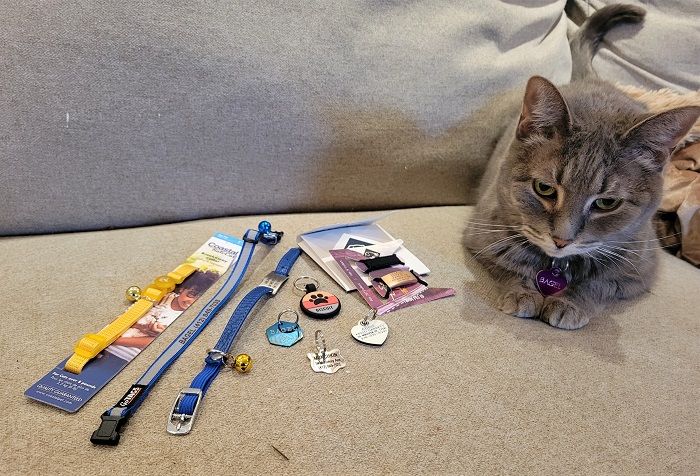
Kate Barrington / Cats.com
What would happen if your indoor cat unexpectedly got out of the house? Or your outdoor cat was mistaken for a stray or feral cat? Unless your cat is carrying identification, the story may not have a happy ending.
Putting an ID tag on your cat’s collar helps ensure that he makes his way back to you. It tells the neighbor, the good Samaritan, or the animal control worker how to contact you when your cat doesn’t make it home on his own.
After researching the options, reading customer reviews, and testing some of the most popular cat ID tags on the market, I’ve chosen the vimdevs Deep Engraved Stainless Steel Pet ID Tag as the overall best you can buy. Its durable stainless-steel construction and unique design options make this ID tag one of the most durable and attractive pet ID tags I’ve seen.
At A Glance: 7 Best Cat ID Tags To Buy




Want a quick look at the products reviewed in this article? In the comparison table below, we’ve highlighted some of the most important features of each product. You’ll find more detailed information about each product later in the article.

vimdevs Deep Engraved Stainless Steel Pet ID Tag
- Unique and attractive design
- Durable stainless-steel materials
- Engraving is clearly legible

Frisco Stainless Steel Personalized Cat ID Tag
- Made from durable stainless steel
- Cute cat shape with engraved details
- Accommodates four lines of text

Love Your Pets Soundless Pet ID Tag
- Silicone materials are lightweight and noiseless
- Deep engraving prevents text from fading
- Wide variety of colors and designs
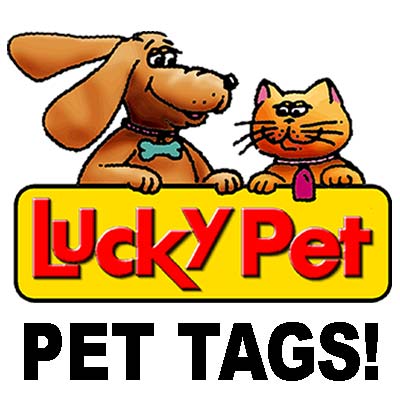
LuckyPet Slide-On Stainless Steel Collar Tag
- Noiseless design slides onto your cat’s collar
- Accommodates up to 5 lines of text
- Made from thick stainless-steel materials

GoTags Nylon Personalized Reflective Breakaway Cat Collar
- Text printed directly on the collar
- Durable nylon and reflective materials
- Ships very quickly
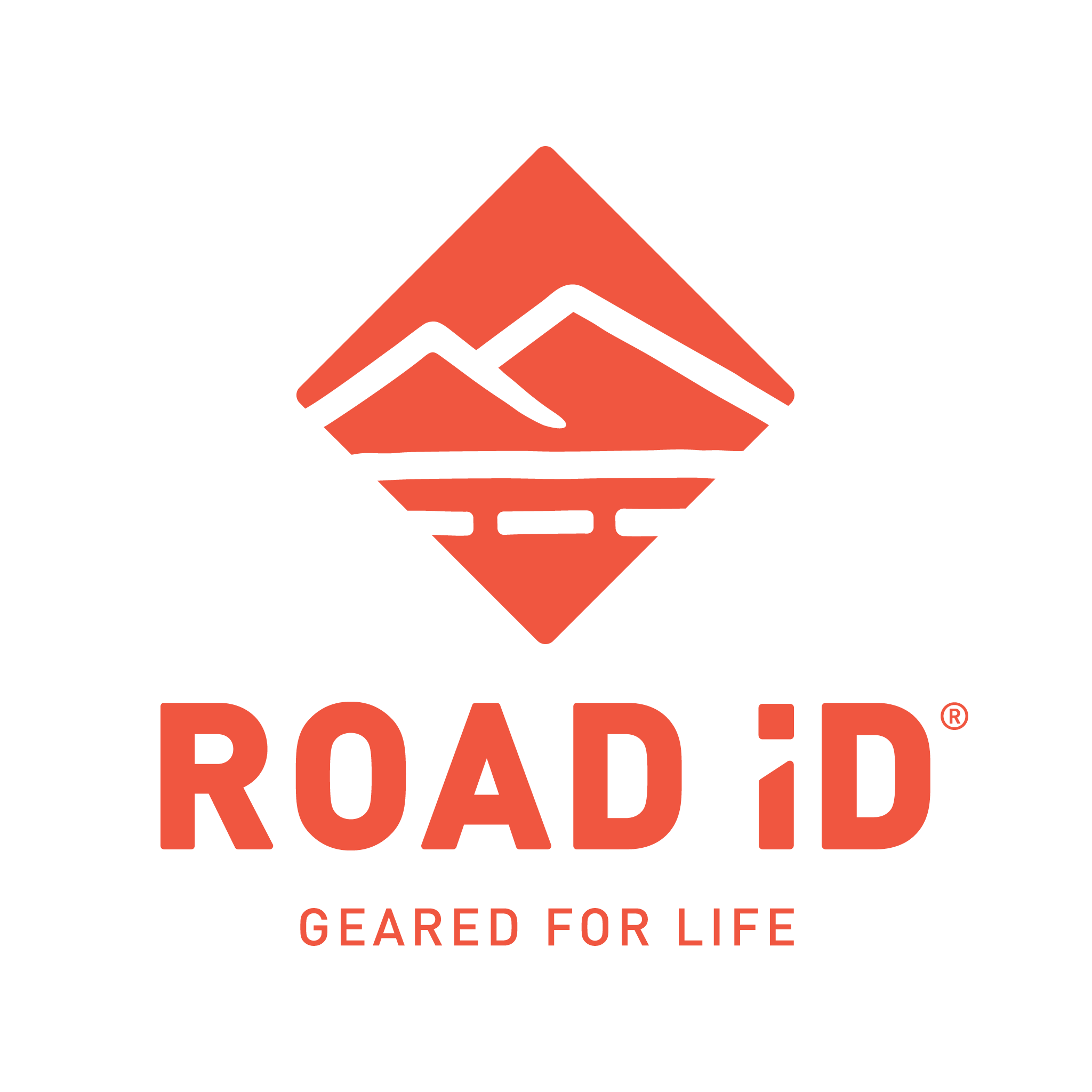
ROAD iD Personalized Pet ID Tag
- Available in unique colors like black and rose gold
- Comes in three sizes with two sleeves for each
- Elastic sleeve may be easier to use than metal

LuckyPet Durable Plastic Pet ID Tag
- Affordably priced around $8
- Accommodates up to 5 lines of text
- Very lightweight
Why Should You Trust Us?
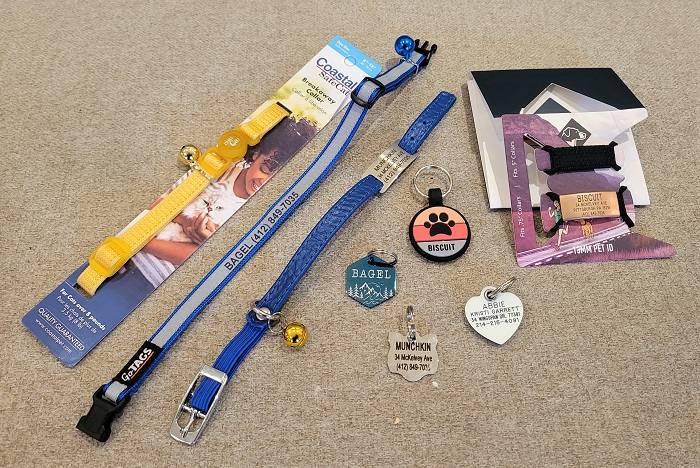
All the products in this article we’re independently purchased by our team. Kate Barrington / Cats.com
Over the last three years, we’ve spent countless hours figuring out what makes a product safe, effective, and appropriate for cats.
We’ve researched and tested the most popular pet ID tags on the market to determine which ones are the best for cats. Before making our selections, we scoured product reviews and customer comments to narrow down the options and chose products based on quality, customizability, safety, and affordability.
How We Tested
After thoroughly researching cat ID tags, I read reviews and customer comments to narrow down the options. I selected ID tags made from a variety of materials in different styles, both traditional hanging tags and tags that slide directly onto the collar. I have three cats, so I mixed up the names (Bagel, Biscuit, and Munchkin) among the seven ID tags that I chose.
I also ordered two different cat collars from Chewy to test the tags: one leather and one nylon, made in the breakaway style. The leather collar I chose was the 3/8-inch CollarDirect Leather Collar with Bell in size small. The breakaway collar I chose was the Safe Cat Snag-Proof Polyester Breakaway Cat Collar with Bell.
To test the ID tags, I put each of them on both the breakaway and leather collars, checking to see how easily they went on and whether the tag impacted the function of the collar in any way. I tested the durability of each tag by trying to bend it by hand and felt the text to determine whether it was actually engraved or just printed.
My cats wore each ID tag for at least 3 days. Because my ability to do any long-term testing with so many tags was limited, I read customer reviews to judge the longevity of each tag.
Our Top Picks for the Best Cat ID Tags
After hours of researching cat ID tags and reading customer reviews, I selected the following seven for hands-on testing.
What To Look For In A Cat ID Tag
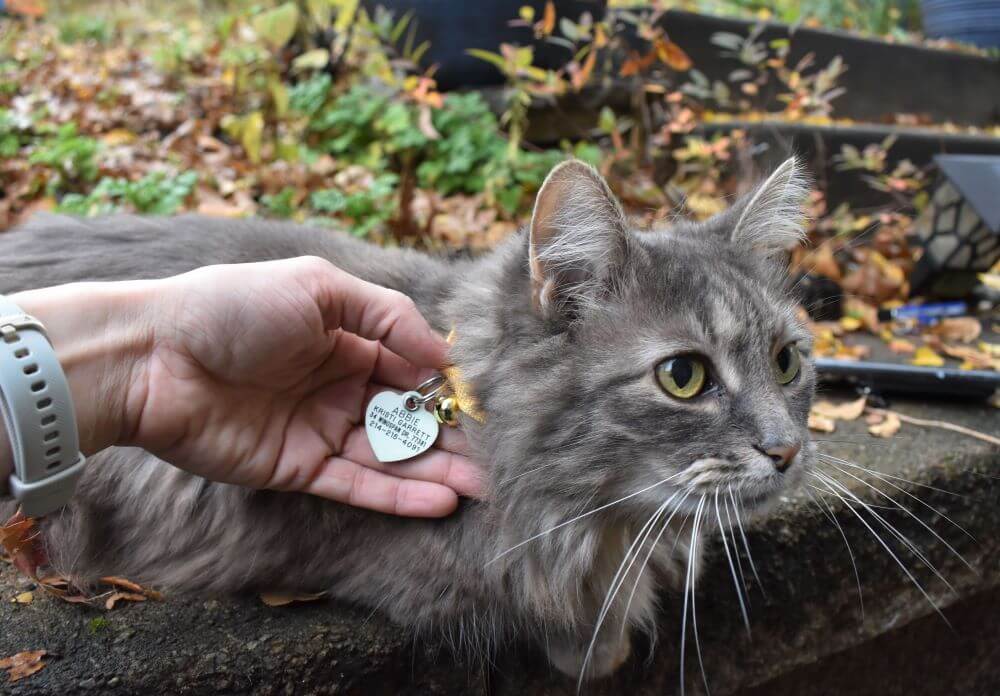
As I tested out the ID tags, it became clear that there are four main things you need to look for when choosing these products. Kate Barrington / Cats.com
My cats are indoor cats but because they have protected access to the outdoors via a catio, they always wear collars with ID tags. One of my cats also has a habit of bolting for the door every time it opens. Though I hope it never happens, I feel better knowing that if one of my cats runs away from home whoever finds her will at least be able to contact me.
I originally purchased engraved metal ID tags at a national chain pet store but after researching the subject of cat ID tags and trying a handful of other options, I’ve concluded that the convenient choice isn’t always the best choice.
In conducting my research, it became clear that there are four things to look for when shopping for a cat ID tag.
1. Quality Materials Are Essential.
The materials from which an ID tag are made determine its weight, durability, and resistance to rust and tarnish.
Inexpensive tags are often made from brass or aluminum with some kind of coating over them. The price might be right, but these tags are more likely to become bent, scratched, or tarnished over time. If the text is printed instead of engraved, the ID tag may not be legible for long either.
Stainless steel is the best metal for pet ID tags because it does not rust or corrode. It’s lightweight enough that it shouldn’t bother your cat to wear it and these tags retain their original appearance for much longer.
Silicone is another material worth considering. It can be laser cut so there’s no risk of the text fading and it’s both lightweight and waterproof. You can also purchase a cat ID collar which has the text printed directly on the material of the collar.
2. The Best Cat Id Tags Are Customizable.
There’s no point in purchasing a cat ID tag if you can’t put your cat’s name on it. This may seem obvious, but some tags and collars only serve to identify the cat as a pet versus a stray or feral cat.
When shopping for a cat ID tag, pay attention to the design. Some tags can only be engraved on one side and others have decorative elements that limit the space available for text. The more room for text the better because it means you can put multiple methods of contact on the tag.
A cat ID tag should carry both your cat’s name and your last name. Put at least one phone number on the tag (with a backup if you can) and your address. Because your cat is most likely to be found somewhere in the vicinity of your home, you can conserve space for contact information by only including your house number and street name.
Here’s an example:
- Front – MITTENS
- Back – SMITH, 1234 Jones Ave., (567) 891-0123
It’s wise to prioritize the information on your cat’s ID tag. Your phone number is the most important piece of information and if you can list two contact numbers, even better. If space for engraving is limited, prioritize your phone number over your own name or street address.
3. Safety And Cat-friendliness Are Key.
Durability and legibility are important for a cat ID tag, but it must also be safe for your cat to wear it.
Cat ID tags are generally pretty small (about the size of a quarter) but some companies offer multiple sizes. Avoid choosing a tag that’s too big because it’s more likely to get snagged on something. Large tags can also be irritating for your cat to wear, especially if it makes a lot of noise.
If your cat is sensitive to sound, you might consider a noiseless ID tag. One option is a slide-on ID tag. These are generally rectangular in shape and slide onto your cat’s collar. If you prefer hanging tags, consider one made from silicone rather than metal.
You should also consider the type of collar you choose for your cat. Leather collars and novelty collars are cute but if your cat gets it caught on something he may not be able to escape. Breakaway collars are made with a special buckle that opens when pulled. Some non-breakaway collars have safety features as well, such as an elastic band that stretches to enable your cat to slip out of the collar in an emergency.
Most cat ID tags are sold with a key ring, but you should make sure your cat’s collar has something from which to hang the tag. A small D-ring that is securely attached to the material of the collar is ideal.
Also Read: The 7 Best Cat Collars
4. The Best Cat Id Tags Are Reasonably Priced.
It’s generally not necessary to spend an exorbitant amount of money on a cat ID tag but neither is it wise to choose the cheapest option on the market. As the saying goes, you get what you pay for and that certainly seems to be the case with cat ID tags.
When researching cat ID tags, I found that price was most closely linked to the materials from which the tags were made. Plastic was, unsurprisingly, the most affordable with molded silicone being one of the priciest options. The products I selected ranged between $8 and $30.
Does Your Cat Really Need Identification?
To put it plainly, identification increases the chances that your cat will be returned to you if he gets lost. But are cat ID tags the only option?
While a collar with an ID tag distinguishes your cat as a pet rather than a feral or stray, collars can fall off and ID tags can get lost. We still recommend putting a collar and ID tag on your cat but primarily as a backup form of identification.
Microchipping is the only form of permanent identification your cat can carry.
A microchip is a device smaller than a grain of rice that can be injected under your cat’s skin. It causes very little discomfort and after the injection, your cat won’t even know it’s there. Each microchip has a unique 15-digit number that is linked to the contact information you log in the database.
Should your cat turn up in a shelter, the staff will scan for a microchip. As long as your information is up to date in the database, they’ll be able to contact you to return your cat.
There are pros and cons to putting a collar and ID tag on your cat but it’s worth considering as a backup to microchipping.
Relevant Content:
